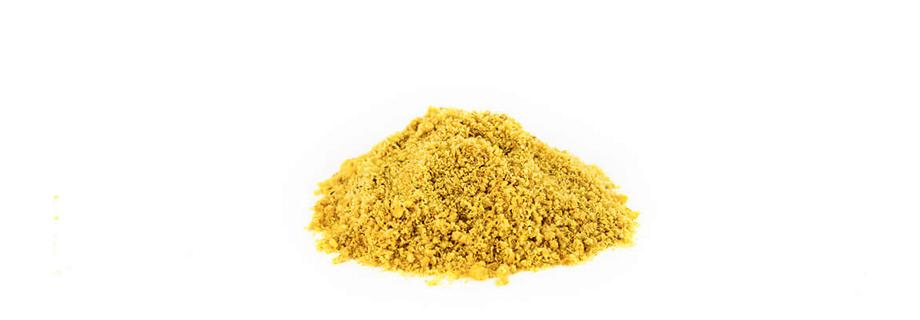High Temperature, Short Time Extrusion Cooking Preserves Protein Quality

The importance of quality ingredients, such as extruded full-fat soy and ExPress® soy meal, are very popular blog topics with our readers. In these blogs, examples are shown, and discussions of new experimental results are included.
It’s important to understand what’s happening inside processing equipment in order to know whether or not you’re getting a quality ingredient that will support or enhance animal performance. Extrusion temperature has been discussed before; however, extrusion time is also very important.
The importance of exposure time to heating and pressure on protein quality is clearly shown below (read more about this here):
Autoclaves are used in labs to sterilize glassware and utensils by applying elevated pressure and temperature over time. What is clear is that pressure cooking over time damages lysine, an economically-important amino acid in protein. It is also interesting that both digestible and reactive lysine responded similarly (but not identically) to these treatments.
Even after only 1 minute in the autoclave, there was some lysine damage. Damaged, less-digestible lysine means that less of it is available to support animal performance. Growth will be reduced, less animal protein will be made, and other detrimental responses will be realized.
A high-shear, dry extruder from Insta-Pro Intl performs what is known as high-temperature, short-time cooking. The residence time in the extruder barrel is about 15 seconds, and the maximum extrusion temperature, which is found at the end of the extruder barrel, is only encountered for about 5 seconds.
For this reason, the negative effects of overcooking are greatly minimized. And, the design of the extruder and internal parts means that it is difficult to overcook materials. Materials are conveyed forward by screws inside the barrel, and this interaction creates friction, which is the sole source of heating. As the internal parts wear down during normal operations, it becomes more difficult to create friction and maintain extrusion temperatures; also, extruder output is reduced. So, extrusion plants have a major incentive to change their parts in order to maintain output per hour. This is where working with Jim Little, Ray Goodwin and the rest of the service team can help in maintenance techniques to minimize costs while maximizing performance. And even if they don’t change their parts, residence time in the extruder could only be minimally increased if at all. So, it’s much easier to undercook than overcook.
When making ExPress ® meal, extruded soy is fed to the mechanical oil press to extract oil (view process here). The oil press does not have a heating source – it only squeezes the extruded materials before cooling in a tumbler-style cooler.
So, in conclusion, extrusion and oil pressing plants expose materials to high temperatures and pressures for short periods of time; thus, protein and nutrient quality are maintained.




